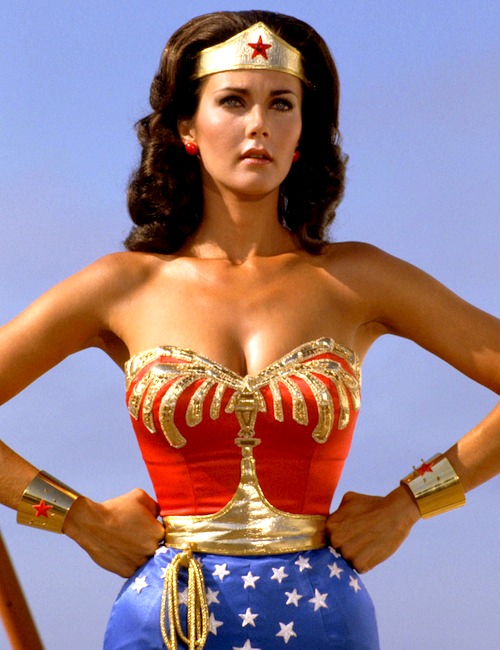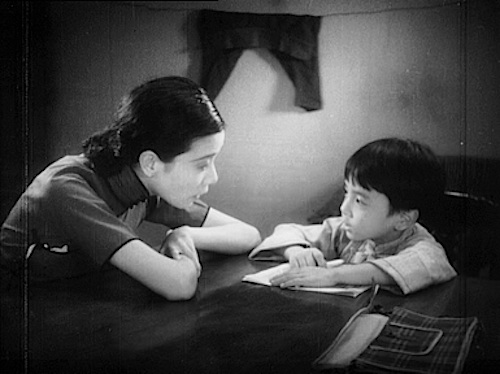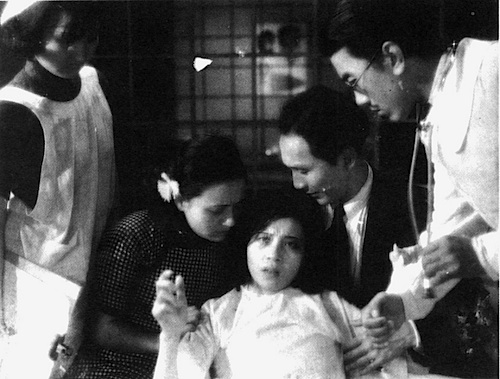By Joe Bendel. The last few years have been tough for Wonder Woman. While her Justice League colleagues have gotten big screen treatments, she suffered the embarrassment of a network rejection for her pilot. Considering it was from David E. Kelley, maybe it was just as well. The heroic Amazon will always have her fans, several of whom explain her personal significance and lasting cultural influence in Kristy Guevara-Flanagan’s Wonder Women: the Untold Story of American Superheroines, which screens as a Midnight selection of the 2012 DOC NYC.
Psychologist William Moulton Marston created Wonder Woman to embody feminine virtue – but Wonder Woman also found herself frequently bound-up, like a comic precursor to Bettie Page. Wonder Woman might imply much about her creator’s subconscious, but her self-reliance struck a chord with many readers. Unfortunately, when the Comics Code Authority began nannying the industry, Wonder Woman was amongst the hardest hit, effectively becoming a costumed Ally McBeal.

Yet, when addressing Wonder Woman’s cultural influence, the doc is rather hit-or-miss, by any standard. Guevara-Flanagan and her experts draw a straight line from Lynda Carter’s Wonder Woman to Buffy the Vampire Slayer and Xena the Warrior Princess, who serve as the sole representatives of a smallish, contemporary golden age of strong women action figures. Yet they ignore, for example, a huge chunk of Michelle Yeoh’s intervening filmography, in which she made a practice of playing strong butt-kicking women. (She still does.) Furthermore, Wonder Women largely ignores recent developments for the character, including her comic book reboot in conjunction with the 2011 re-launch of the DC universe, the 2009 animated direct-to-DVD animated feature (featuring the voice of Keri “Felicity” Russell), or the much hyped but ill-fated pilot. That’s too bad, because the film is at its strongest when tracing Wonder Woman’s early evolution.
Too politicized for the natural comic fan audience, Wonder Women is expressly intended for those who fondly remember her appearance on the first issue of Ms. Magazine. For the rest of us, the film is quite uneven, reflecting a rather insular perspective. It screens at the IFC Center this coming Sunday night (11/11) and the following Tuesday (11/13) as part of DOC NYC 2012.
LFM GRADE: C-
Posted on November 8th, 2012 at 11:57am.


